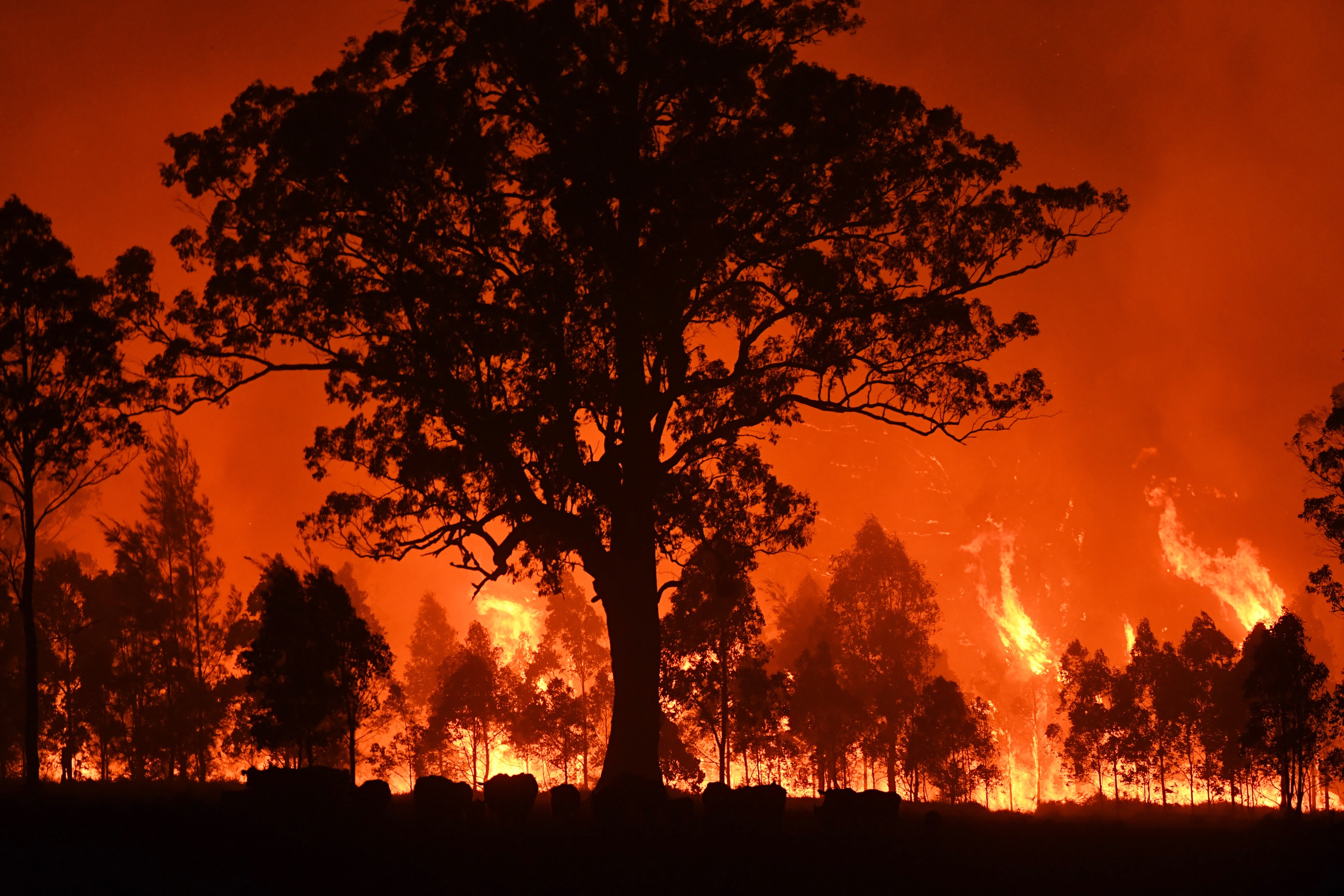Guarding Your Home: The Critical Duty of a BAL Report in Bushfire Readiness
Guarding Your Home: The Critical Duty of a BAL Report in Bushfire Readiness
Blog Article
Just How BAL Report Impacts Bush Fire Defense Actions
In the realm of bush fire security, the Structure Strike Level (BAL) record stands as a vital tool that dramatically influences the safety and security and resilience of properties in fire-prone locations - BAL Report. The impact of a BAL analysis prolongs much beyond plain paperwork; it serves as the foundation for identifying the appropriate building and construction requirements and fire protection steps required to alleviate the threats positioned by bushfires. As neighborhoods face increasingly extreme fire seasons, recognizing just how the BAL report forms these protective actions becomes vital for home owners, builders, and policymakers alike
Recognizing the Bushfire Attack Level

Importance of BAL Record Evaluation

Moreover, the BAL record analysis works as a foundational action in abiding by legal responsibilities and demands connected to bushfire security. Neighborhood councils and authorities his explanation often mandate the submission of a BAL report as part of the planning and building approval process to guarantee that properties are appropriately secured against bushfire dangers. Stopping working to perform an extensive BAL report assessment can result in poor protection measures, leaving residential or commercial properties susceptible to devastating bushfire incidents.
Building Criteria Based on BAL
A comprehensive understanding of the Bushfire Strike Level (BAL) makes it possible for home owners to implement building and construction standards tailored to their certain risk account. Building and construction standards based upon BAL are critical in minimizing the effect of bushfires on residential or commercial properties. The BAL rating classifies the prospective risk a property faces throughout a bushfire on a range from BAL-Low to BAL-FZ (Flame Area) Each BAL level represents specific construction requirements detailed in the Australian Conventional AS3959-2018 Building of Buildings in Bushfire-Prone Areas. As an example, residential properties categorized as BAL-Low may only call for fundamental steps such as clearing particles and maintaining gardens, while those in greater BAL categories need more robust steps like ember screens, fireproof materials, and secured home windows. Following these construction criteria not only enhances the structural durability of the home yet also improves the general safety and security of locals throughout a bushfire occasion. Home proprietors have to meticulously consider their BAL ranking and abide with the equivalent construction standards to sufficiently protect their homes and passengers.
Applying Fire Defense Procedures
With the structure of building get redirected here standards based on Bushfire Strike Degree (BAL) in area, the focus now moves in the direction of the sensible execution of fire defense measures to strengthen buildings versus bushfire hazards. Passive procedures include using fire-resistant structure products, mounting coal guards on vents, securing voids in wall surfaces and roofings, and preserving a clear area around the home totally free from flammable vegetation. By integrating both passive and energetic approaches, homes can dramatically reduce their susceptability to bushfire events and increase the safety of owners.
Safeguarding Homes Versus Bushfires
Successfully protecting homes versus the harmful effects of bushfires requires a proactive and extensive approach to fire defense actions. Furthermore, sealing vents and gaps to prevent coal invasion, as well as integrating fire-resistant doors and windows, can aid fortify the home's defense versus bushfires. By embracing a positive position and integrating these safety actions, home owners can considerably increase their opportunities of securing their homes against bushfires.
Verdict
In final thought, the Bushfire Attack Level (BAL) report plays a critical duty in establishing the required security measures versus bushfires. Applying fire defense measures based on the BAL record is vital in guarding residential or commercial properties from prospective bushfire dangers.
In examining bushfire threat to properties, recognizing the Bushfire Strike Degree (BAL) is a vital component for implementing reliable defense measures. In general, a clear understanding of the Bushfire Strike Level is essential for implementing sufficient security measures and mitigating the influence helpful resources of bushfires on residential or commercial properties.

Report this page